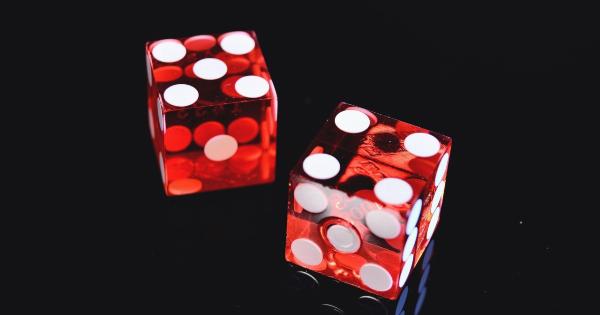Compulsion refers to the urge or desire to repeatedly perform certain actions or engage in specific behaviors. These behaviors may be accompanied by an overwhelming sense of anxiety until such time as the actions have been performed.
In the modern world, we have witnessed the rise of a number of compulsions which are now affecting people from all walks of life. As such, it is important to explore some of the compulsion behaviors that are becoming increasingly prevalent in society today.
In this article, we take a closer look at the top five compulsive behaviors that are currently impacting the lives of thousands.
1. Compulsive Cleaning
Compulsive cleaning is a form of obsession that occurs when individuals feel the need to clean everything within their home or workspace repeatedly. It is commonly associated with individuals who suffer from Obsessive-Compulsive Disorder (OCD).
In most instances, these individuals experience an overwhelming sense of anxiety when they are in an environment that they perceive as dirty or unclean. The anxiety goes away only once they have cleaned the environment to their satisfaction. The need for cleaning can also be triggered by a number of other factors such as the desire for control and a sense of security.
2. Compulsive Gambling
Compulsive gambling is another form of obsession that is becoming increasingly prevalent in society today. Those who suffer from this condition experience a strong desire to gamble to the extent that it interferes with their daily life.
They may spend excessive amounts of money on gambling, which can result in financial problems and debt. The addiction can also lead to strained relationships, low self-esteem, and a variety of mental health problems such as anxiety and depression.
Compulsive gambling is often caused by a range of factors such as family history, genetics, and personality traits such as impulsiveness and thrill-seeking.
3. Compulsive Shopping
Compulsive shopping is a behavior that involves a strong need to acquire and purchase items, often accompanied by feelings of pleasure or relief.
It is classified as a form of addiction because individuals who engage in this behavior find it difficult to stop despite the negative consequences it may bring. This form of addiction is driven by a number of psychological factors such as low self-esteem and a desire to fill a void of emptiness within their lives.
It can also be triggered by other factors such as advertisements, sales promotion, and the availability of credit.
4. Compulsive Eating
Compulsive eating involves the excessive consumption of food, often to a point where it negatively impacts the individual’s health and social life.
Those who suffer from this addiction have difficulty controlling their eating habits and can often continue eating even when they are no longer hungry. In addition, individuals with this addiction may experience a loss of control when it comes to their food choices, which can result in further negative health consequences.
The addiction is caused by a range of factors such as genetics, emotional distress, and cultural factors that support overeating.
5. Compulsive Skin Picking
Compulsive skin picking, also known as Dermatillomania, involves the urge and desire to pick at the skin, either with the fingers or other objects.
It is classified as a disorder because it can lead to severe damage to the skin and other negative health consequences. Those who suffer from this addiction are often triggered by a variety of factors such as emotional stress, boredom, or anxiety.
In most instances, the desire to pick can become so overwhelming that it can interfere with daily life and lead to feelings of shame and guilt.
Conclusion
The above compulsive behaviors can greatly impact an individual’s ability to enjoy life. It is important to understand that these compulsions cannot be cured overnight, but can be managed through a range of therapies and support structures.
If you or someone you love is struggling with a compulsive behavior, it is important to seek help as soon as possible to prevent further negative consequences from occurring.






























